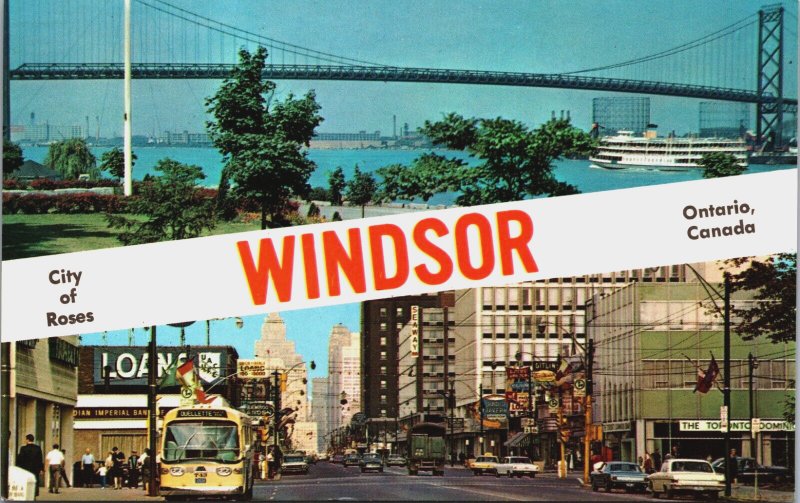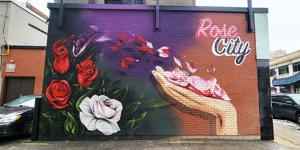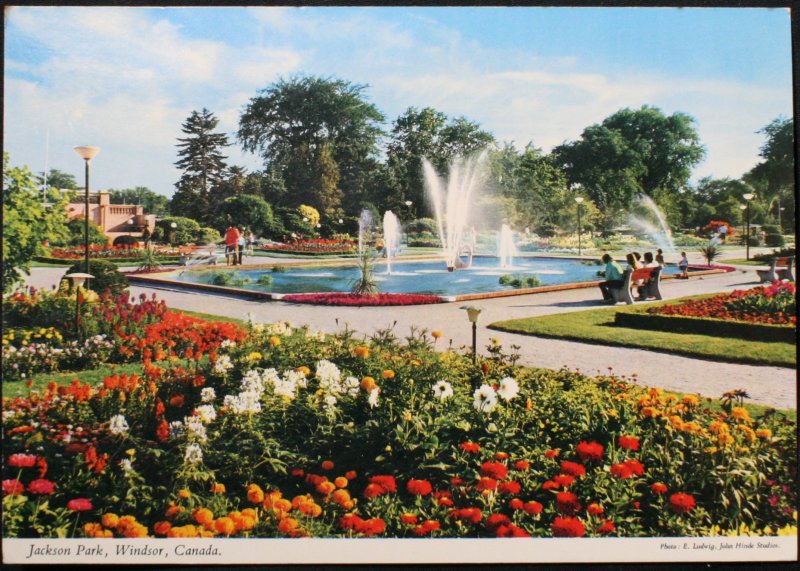Windsor, Ontario, Canada, earned its beloved nickname “Rose City” through a fascinating blend of historical, climatic, and cultural factors that transformed the city into a veritable haven for rose cultivation. The origins of this floral moniker trace back to the early 1900s, revealing a rich horticultural heritage that has become an integral part of Windsor’s identity.
Historical Roots of the Rose City
The nickname’s beginnings can be attributed to several key factors. Public service librarian Adam Peltier discovered that the earliest mention of Windsor as a “town of roses” dates back to 1926[1]. The city’s unique geographical characteristics played a crucial role in this development. Windsor’s warmer climate provided exceptionally favorable conditions for rose cultivation, making it an ideal location for these beautiful flowers to thrive[1][2].

British immigrants were particularly instrumental in establishing Windsor’s rose culture. They brought with them a passion for gardening and found the local climate perfect for planting roses. What began as personal gardens soon blossomed into a citywide phenomenon[1]. By the early 1960s, the rose had become so significant that local organizations began actively promoting Windsor’s floral identity.
The Rose City Campaign
The Greater Windsor Foundation emerged as a pivotal force in cementing Windsor’s rose-centric reputation. In the early 1960s, they launched a dedicated campaign to encourage more residents to plant roses throughout the city[1]. Their efforts were so successful that former mayor Frank Mitchell boldly proclaimed that Windsor had “more roses than any other Canadian city of this population”[1].
The campaign reached its peak around 1963 when Windsor was frequently referred to as the Rose City. Two years later, the foundation initiated its first rose garden competition, further solidifying the city’s floral identity[1]. At the height of this rose-planting movement, the city was so abundant with roses that some claimed the air itself carried a faint rose scent[4].
Modern-Day Rose City Legacy
Today, while the number of roses has diminished, Windsor continues to celebrate its floral heritage. The city still plants approximately 500 roses annually[7], and the Rose City nickname remains a point of pride. Local businesses and downtown murals continue to pay homage to this botanical legacy[1].

The rose’s significance is so deeply ingrained that it even appears on the city’s coat of arms, symbolizing the “riches of the land”[10]. This floral emblem represents more than just a flower – it embodies Windsor’s cultural history, immigrant heritage, and community spirit.
Interestingly, Windsor balances this romantic nickname with its other identity as the “Automotive Capital of Canada”[2][9], creating a unique urban personality that celebrates both industrial might and natural beauty. The rose has become a symbol of the city’s ability to bloom and thrive, much like the diverse community it represents.
While the rose gardens may not be as extensive as they once were, Windsor’s spirit as the Rose City continues to flourish, a testament to the community’s enduring love for these beautiful flowers.

Citations:
[1] https://www.cbc.ca/lite/story/1.6344390
[2] https://cloverlovecanada.ca/pages/about-the-rose-city-windsor-on
[3] https://www.gutenberg.org/files/48013/48013-0.txt
[4] http://windsorthecityofroses.weebly.com
[5] https://www.citywindsor.ca/residents/culture/windsors-community-museum/peace-garden
[6] https://www.encyclopedia.com/places/united-states-and-canada/canadian-political-geography/canada
[7] https://www.cbc.ca/news/canada/windsor/windsor-rose-city-valentine-s-day-1.6344390
[8] https://www.worldplants.ca/display.php?id=7994
[9] https://www.destinationontario.com/en-ca/cities-towns/windsor
[10] https://www.citywindsor.ca/residents/history-of-windsor/Coat-of-Arms
 Windsor Florist ~ Phone: 224-Florist
Windsor Florist ~ Phone: 224-Florist